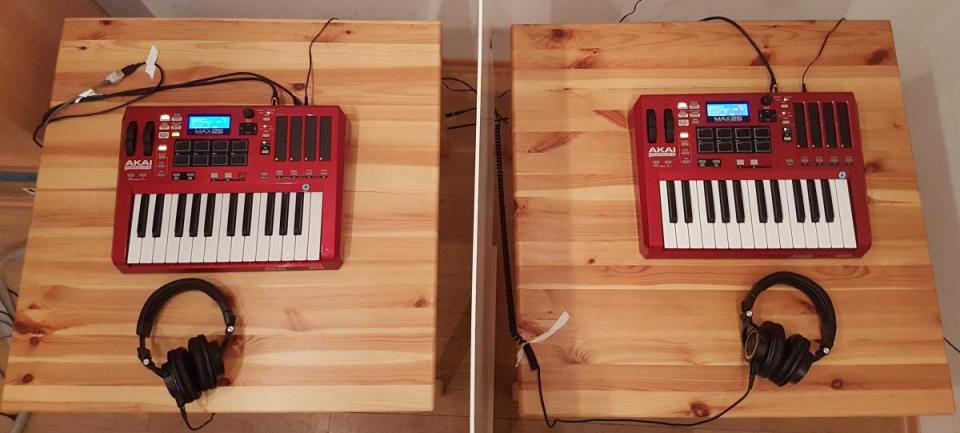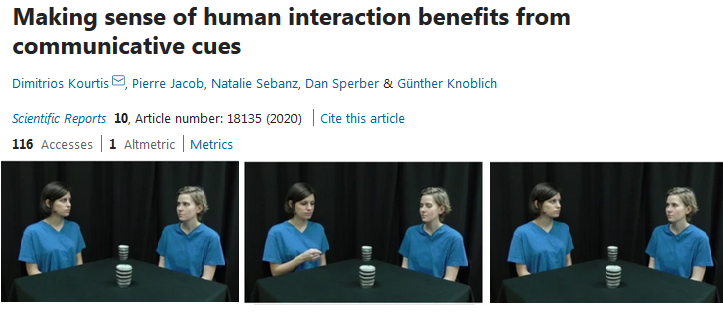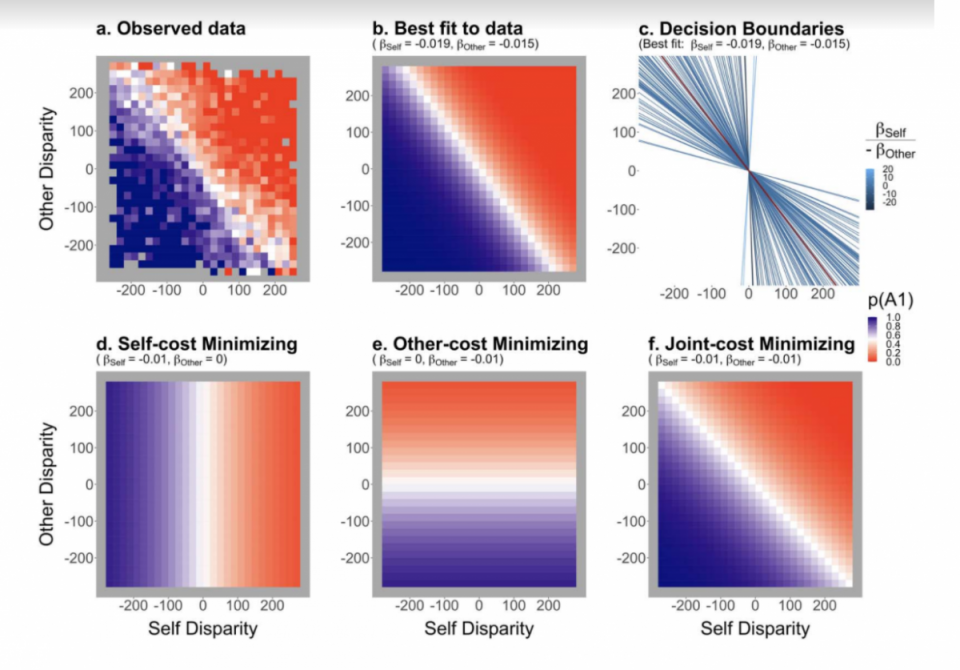Affective compatibility with the self modulates the self-prioritisation effect

The “self” shapes the way in which we process the world around us. It makes sense then, that self-related information is reliably prioritised over non self-related information in cognition. How might other factors such as self-compatibility shape the way self-relevant information is prioritised?
Understanding joint action: Current theoretical and empirical approaches

This article forms an introductory editorial to the field of joint action. It accompanies contributions to the special issue entitled “Current Issues in Joint Action Research”. The issue brings together conceptual and empirical approaches on different topics, ranging from lower-level issues such as the link between perception and joint action, to higher-level issues such as language as a form of joint action.
Infants understand collaboration: Neural evidence for 9-month-olds' attribution of shared goals to coordinated joint actions

Interpreting others' actions as goal-directed, even when the actions are unfamiliar, is indispensable for social learning, and can be particularly important for infants, whose own action repertoire is limited. Indeed, young infants have been shown to attribute goals to unfamiliar actions as early as 3 months of age, but this ability appears restricted to actions performed by individuals
The sound of silence: an EEG study of how musicians time pauses in individual and joint music performance

Pauses are an integral feature of social interaction. Conversation partners often pause between conversational turns, and musical co-performers often pause between musical phrases. How do humans coordinate the duration of pauses to ensure seamless interaction?
Making sense of human interaction benefits from communicative cues

We investigated whether communicative cues help observers to make sense of human interaction. We recorded EEG from an observer monitoring two individuals who were occasionally communicating with each other via either mutual eye contact and/or pointing gestures, and then jointly attending to the same object or attending to different objects that were placed on a table in front of them. Our results show that observation of communication “opens up” the mind to a wider range of action possibilities and thereby helps to interpret unusual outcomes of social interactions.
Efficiency is prioritised over fairness when distributing joint actions

Individuals have a drive towards maximising action efficiency, which is reflected in action choices that minimise movement costs to reach a goal. In joint actions, actors prioritise joint efficiency or coefficiency, maximising the utility of the joint action even if this comes at a cost to themselves. However, it remains an open question whether actors are willing to unilaterally sacrifice their partner's individual efficiency for the greater good, when forcing a partner to incur additional costs may be interpreted as unfair.
- 1 of 3
- next ›



